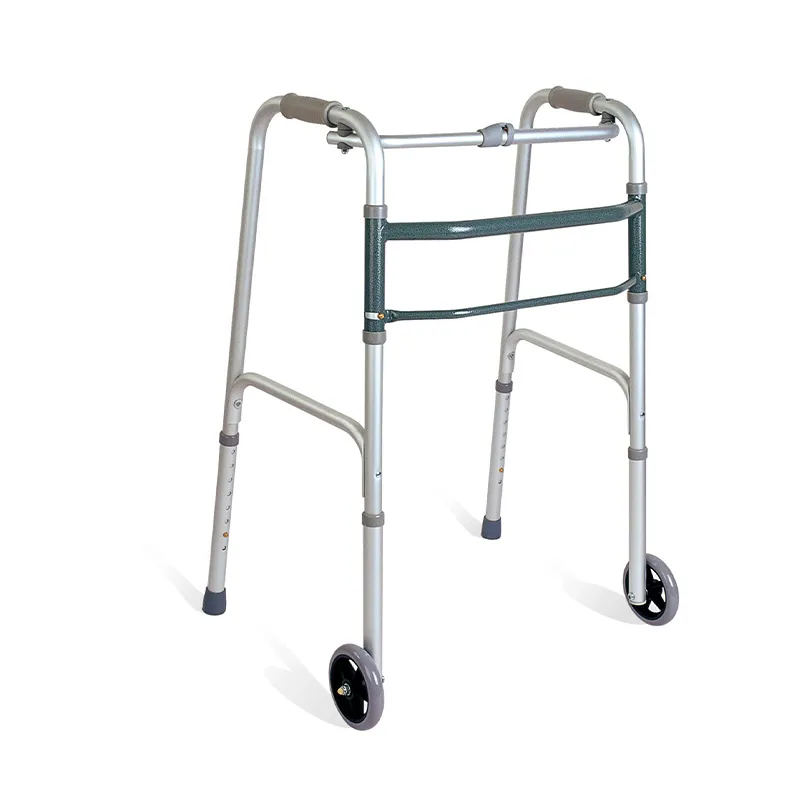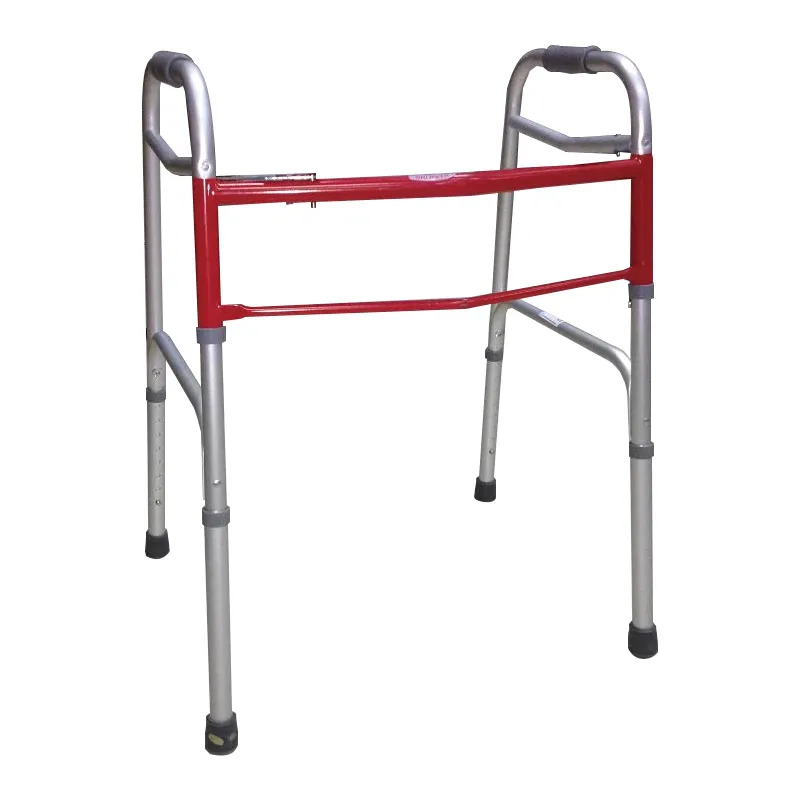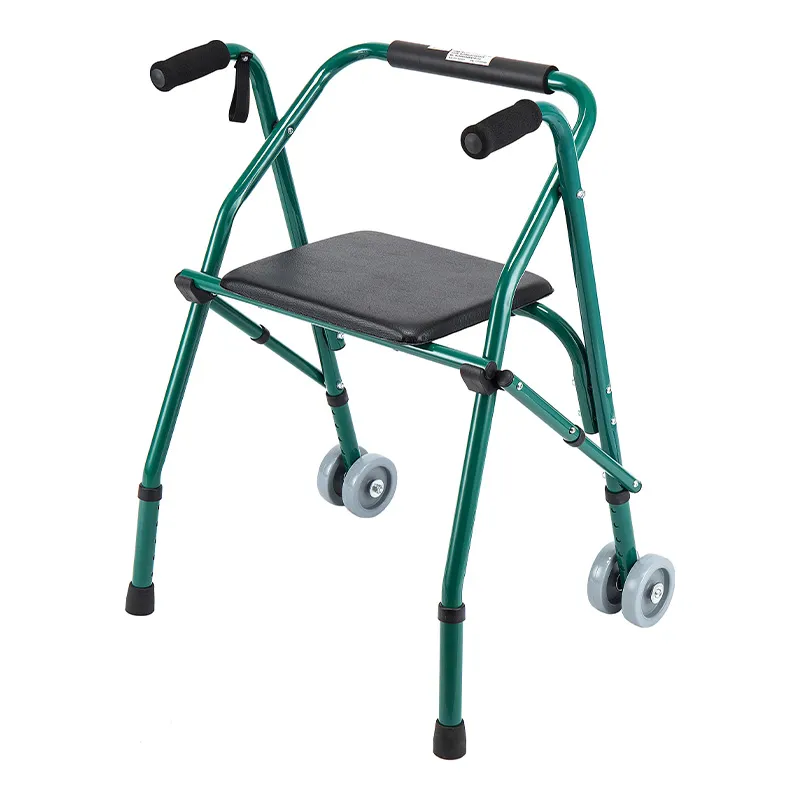
Is the use of Walking Frame considered a disability? Will it be covered by US Medicare?
2024-11-07 15:30
An increasing number of seniors and people with limited mobility are using Walking Frame to enhance their mobility and independence.
However, will the use of this assistive walking device be considered a disability? At the same time, will US Medicare cover the cost of Walking Frame? This article will delve into these issues and analyze the reasons and impacts behind them.

Is the use of Walking Frame considered a disability?
1. Definition and social cognition of disability:
Disability is generally defined as a long-term physical, mental, intellectual or sensory impairment that affects an individual's ability to carry out normal life activities and participate in society. According to the definition of the World Health Organization (WHO), disability is not only a problem of an individual's physical condition, but also includes the influence of social and environmental factors.
Whether an individual using Walking Frame is considered disabled depends on the specific situation and social cognition. In many cases, the use of Walking Frame does not mean that the user has a disability, but that they have chosen this assistive device in order to improve their mobility and quality of life. For example, a patient recovering from surgery may temporarily need Walking Frame to help restore the ability to walk.
2. Social attitudes and labels:
Although the use of Walking Frame itself is not equivalent to disability, in certain social contexts, users may face a certain degree of labeling and prejudice. Society often has certain stereotypes about the use of assistive walking devices, believing that only people with severely limited mobility need these devices. This attitude may cause users to suffer from self-esteem and even affect their mental health.
However, modern society has gradually realized that Walking Frame is a practical auxiliary tool that can help all kinds of people with limited mobility improve their quality of life. As society's perception of assistive devices changes, more and more people begin to accept and understand the use of Walking Frame and no longer equate it with disability.

Does US health insurance reimburse the cost of Walking Frame?
1. Overview of the US health insurance system:
The US health insurance system mainly includes Medicare led by the federal government, Medicaid led by state governments, and private insurance. Medicare is a federal insurance plan for seniors aged 65 and above and some disabled people, while Medicaid is a medical insurance for low-income people. In addition, many Americans also purchase private health insurance to make up for the shortcomings of Medicare and Medicaid.
2. Medicare's reimbursement policy for Walking Frame:
Medicare Part B covers the cost of durable medical equipment (DME), and Walking Frame is a type of DME. Therefore, eligible Medicare beneficiaries can get reimbursement for Walking Frame through Part B. The specific reimbursement policy is as follows:
● Doctor's prescription: Medicare requires doctors to confirm the necessity of Walking Frame for beneficiaries and prescribe it. This means that beneficiaries need to pass a medical evaluation to prove that they really need Walking Frame to improve their mobility and daily life.
● Qualified suppliers: Walking Frame must be purchased through Medicare-certified suppliers. Medicare-certified suppliers meet the federal government's quality and service standards to ensure that beneficiaries receive reliable equipment and services.
● Cost reimbursement ratio: Medicare usually reimburses 80% of the equipment costs, and beneficiaries need to pay the remaining 20% as a co-payment (coinsurance). If the beneficiary purchases a Medicare Advantage plan, the reimbursement policy may be different, and the specific insurance company should be consulted.
3. Medicaid and private insurance reimbursement policies for Walking Frame:
Medicaid reimbursement policies vary from state to state, but usually also cover durable medical equipment. Eligible low-income people can get reimbursement for Walking Frame through Medicaid. The specific reimbursement ratio and conditions need to be checked according to the policy of the state.
Private insurance reimbursement policies are more diverse. Different insurance companies and plans have different coverage. Beneficiaries should read the policy terms carefully or contact the insurance company directly to confirm the reimbursement conditions and ratio of Walking Frame.

Necessity and benefits of using Walking Frame
1. Improve mobility:
Walking Frame can significantly improve the mobility of people with limited mobility, reduce the risk of falling, and enhance their self-confidence. For the elderly, postoperative rehabilitation patients and people with chronic diseases, Walking Frame is an important tool to restore independent walking ability.
2. Reduce joint burden:
Walking Frame reduces pressure on the legs and joints by providing additional support. For patients with diseases such as arthritis and osteoporosis, Walking Frame can relieve pain, improve walking posture and enhance quality of life.
3. Provide psychological support:
Walking Frame not only provides physical support, but also gives users a sense of security psychologically. Knowing that they have a reliable assistive device can allow users to participate in daily activities with more confidence and reduce concerns about falls and injuries.








